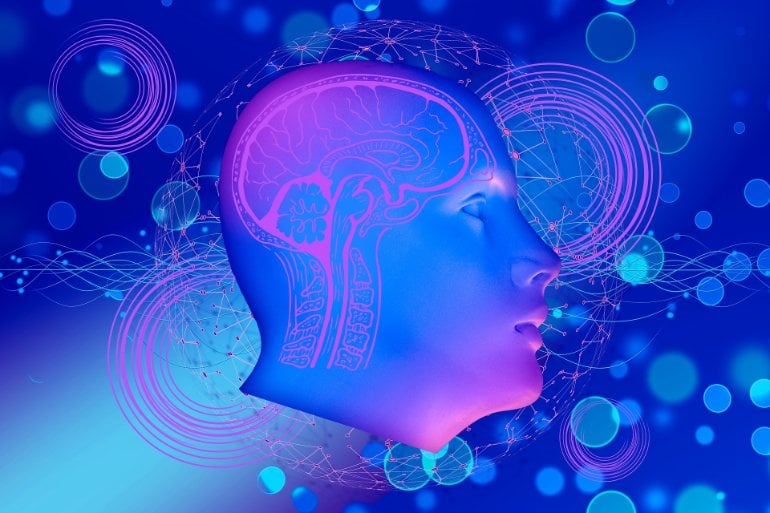Summary: People with spinal cord injuries have the same brain activity during processing speed tasks as healthy older adults. The findings suggest the theory of accelerated cognitive aging following SCI is correct.
Source: Kessler Foundation
A team of rehabilitation researchers has studied processing speed deficits in individuals with spinal cord injury (SCI), comparing their brain activation patterns with those of healthy age-matched controls, and older healthy individuals. They found that the SCI group and older controls had similar activation patterns, but the SCI group differed significantly from their age-matched controls.
Individuals with chronic SCI have an increased risk for cognitive deficits that resemble the deficits associated with the aging process, giving rise to the theory of “accelerated cognitive aging.” As reported previously by this team, the deficits affect processing speed, new learning and memory, and verbal fluency, which are the domains affected during aging.
This study is the first to examine the neural mechanisms of higher order cognitive tasks of individuals with SCI. The focus was on processing speed, which is known to be affected by SCI and aging, and is integral to cognitive function and everyday life activities.
The 30 participants were participants of a larger study who underwent optional neuroimaging studies at the Rocco Ortenzio Neuroimaging Center at Kessler Foundation — 10 individuals with cervical SCI, 10 age-matched controls, and 10 healthy older individuals. In addition to traditional neuropsychological testing methods, processing speed was tested in the scanner, using timed letter comparison tasks during functional magnetic resonance imaging (fMRI). This study was the first to use the modified letter comparison test.
Significant differences in brain activation were found between the SCI group and the age-matched control group, but the SCI and older groups had similar patterns, including activation of the hippocampal, frontal and parietal areas.
“This suggests that individuals with SCI are compensating for deficits in processing speed by relying on the areas of the brain involved in executive control and memory,” noted Dr. Chiaravalloti, “which supports the theory of accelerated brain aging after SCI.”

Despite the limitations of sample size and level of injury, the study is an important contribution to our understanding of the impact of SCI on cognition, according to Dr. Wylie, director of the Ortenzio Center. “Our ability to observe brain activation while the individual performs specific cognitive tasks provides new information on the mechanisms that underlie the cognitive deficits that we now know affect a substantial proportion of the SCI population,”
Dr. Wylie said. “Developing treatments targeted to these deficits depends on our pursuit of this line of research, which may benefit other populations affected by delayed processing speed.”
Funding: New Jersey Commission on Spinal Cord Research (CSCR 13IRG018); VA Department of Rehabilitation Research and Development Service (B2020-C; B9212-C)
About this spinal cord injury research news
Source: Kessler Foundation
Contact: Carolann Murphy, PA – Kessler Foundation
Image: The image is in the public domain
Original Research: Closed access.
“The Neural Mechanisms Underlying Processing Speed Deficits in Individuals Who Have Sustained a Spinal Cord Injury: A Pilot Study” by Glenn R. Wylie, Nancy D. Chiaravalloti, Erica Weber, Helen M. Genova, Trevor A. Dyson-Hudson & Jill M. Wecht. Brain Topography
Abstract
The Neural Mechanisms Underlying Processing Speed Deficits in Individuals Who Have Sustained a Spinal Cord Injury: A Pilot Study
Our objective was to determine differences in brain activation during a processing-speed task in individuals with SCI compared to a group of age-matched healthy controls and to a group of older healthy controls. Ten individuals with cervical SCI (C3–C5), 10 age-matched healthy controls and 10 older healthy controls participated in a cross-sectional study in which performance on neuropsychological tests of processing speed and brain activation were the main outcome measures. The brain areas used by the individuals with SCI during the processing-speed task differed significantly from the age-matched healthy controls, but were similar to the older control cohort, and included activation in frontal, parietal and hippocampal areas. This suggests that individuals with SCI may compensate for processing-speed deficits by relying on brain regions that classically support control cognitive processes such as executive control and memory.






